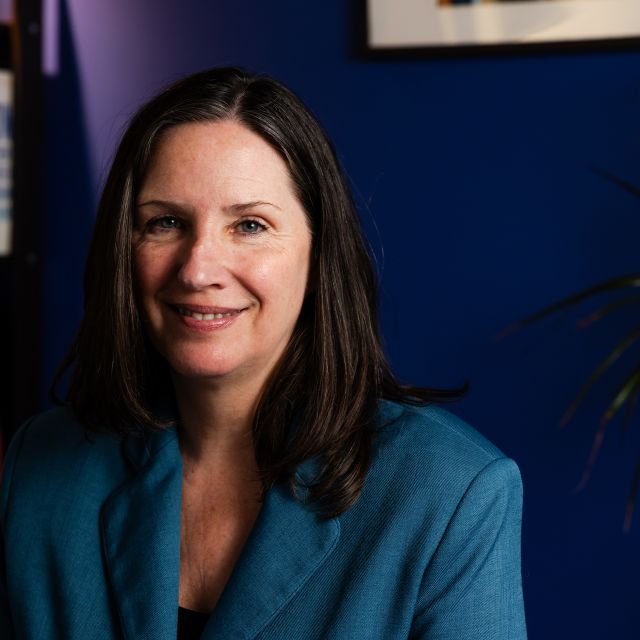Another week of Occupy movements around the globe has yielded a wealth of rich analysis of the movement, its implications, as well as the social and economic problems that inform the protests.
Here's a roundup of some of the best articles I came across this week.
NOW Magazine in Toronto creates a helpful index of numbers showing who makes up Canada’s 99%.
The Windsor Star’s Anne Jarvis makes a blistering case for an Occupy Canada movement. “And don't tell me the rich have contributed so much to the economy that everyone's standard of living has risen. The numbers are clear: It's not trickling down. Middle-class income has stagnated. And while income inequality may be more stark in the U.S., it's increasing at a faster rate in Canada, according to a report last month by the Conference Board of Canada. That inequality has been rising since the mid-1990s. We had the fourth largest increase of 16 peer countries. We've gone from 14th to 22nd out of 32 countries, from better than average to worse than average.”
Jamie Biggar and Emma Pullman Read write: “It took decades to get us into this mess – let’s be patient as the movement tries to find a way out.” They add: “Canadians value equality, If you want to see some of the energy that is fuelling Occupy, try asking a Canadian how he or she feels about the fact that income inequality is actually rising faster here in Canada than it is in the United States.”
David Hulchanski writes: “Inequality is both the precursor and outcome of injustice. … Most of the 99 per cent get it. There would be no Occupy movement if they didn’t.”
Murray Dobbin analyzes the weaknesses on the left, which he submits are being revealed through the Occupy movement: “The “organized” left is still fighting the old wars using the old tools, the old structures, and old language all contained in a kind of middle class complacency and business-as-usual bubble. There is a global capitalist crisis unfolding before our eyes the consequences of which will be unspeakably miserable for scores of millions of people in western nations – and hundreds of millions everywhere else. But still we seem unable to respond.”
Joel Olson takes on the ‘colorblindness’ of the left: “The key obstacle to building the 99% is left colorblindness, and the key to overcoming it is to put the struggles of communities of color at the center of this movement. It is the difference between a free world and the continued dominance of the 1%.”
Merlin Watt says it’s time for the middle class to take their place in supporting in the Occupy movement.
Carl Franzen breaks down Occupy Wall Street participants by demographics. They’re highly educated. They have jobs. They range in age and wealth.
Brendan Soloner does his own Occupy media roundup, focusing on income inequality.
Rick Bookstaber writes about social unrest and income inequality.
Lana Payne says there’s much to be angry about in Canada.
David Green says the Occupy movement is identifying the problem of income inequality.






